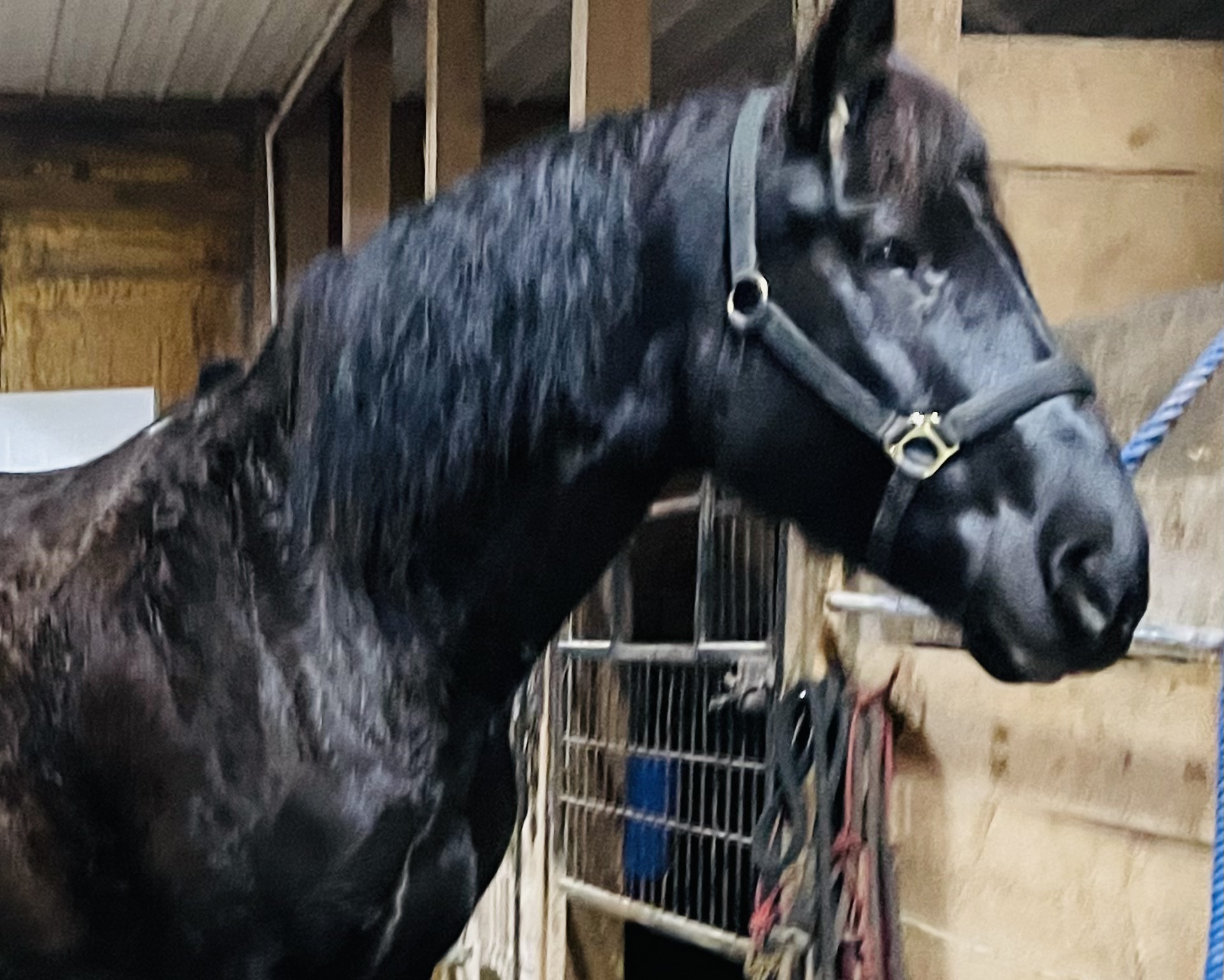That is a great quote to spend time dwelling on. Today’s riders are often in a hurry, a hurry to get ready, a hurry to go someplace and a hurry to show off. As Martin Black might say “speed will just get you into trouble sooner”. Yet here we all are, racing around as if our horses were automatons with no mind of their own, just waiting to be pulled or kicked into one direction or another. Heaven forbid they should not understand what all the knocking and banging meant, they make a mistake and then the storm really comes, “stupid horse!”
To be honest most riders spend precious little time on lessons, they care less about horsemanship than having fun, after all they just want to ride. When they do take lessons – the instructors are rarely “horsemen” or well-schooled in horsemanship. Learning about the essentials of feel, timing and balance is a whole other journey, and it’s a path few ever have the tenacity to tread.
Think:
To become a better horseman, you must be ready to spend a lot of time thinking, thinking about what happened, what happened even before that last thing happened, thinking about what you did, thinking about what worked and what didn’t. In all that thinking you must balance your thoughts between what your role and the horse’s role was.
Spend an equal amount of thought on what you did, or didn’t do, to contribute to your horse’s reaction as you do focused on what the horse did or didn’t do. It is a relationship, and each relates to the other. Then think beyond that to not only what was done or not done, or happened or didn’t happen, but what was done before what happened or didn’t happen (according to your expectations). Your thoughts must go deeper than emotions or reactions, analyze and constantly question.
Scenario:
Imagine you are on a trail ride, walking along with your friends, then, suddenly, your horse breaks into a bumpy lope going up a hill. You feel jostled, you could even fall off. What was that all about, why did it happen, what did you do about it and what might have played out differently? Horses find it easier to lope up hills than walk up hills, and if another horse starts loping the others are likely to follow suit.
Ask yourself, how many strides into the lope were you when you realized your horse was going to start loping? Did you know before he hit the lope, he was going to do it? You would have, if you were in the habit of communicating (together) with your horse. A common problem many trail-riders encounter is the nature of the ride, it’s usually more social than anything else – so they zone out, don’t pay much attention to their horse and that becomes a habit.
As you just kind of amble along visiting with your friends not paying much attention to anything but the fresh country air. “Hey, get your head up, I didn’t say you could you eat, oh never mind everyone else is doing it now too”. When you get to the bottom of the hill, with so little attention paid to your horse, could you even notice your friend’s horse starting to dig in for a quick ascent? The answer is “probably not” if you had you might have been able to be there sooner instead of “doing too much late”. If you noticed the other horse starting to move out you can bet your life your horse noticed, even before you – late again.
Now, imagine, if you will, you noticed your friend’s horse pull that hind up under himself, preparing to jump out, running up the hill, and at the same time you were prepared at the first instance of your horse following suit, to shorten your rein and give him a light bump. The very moment your horse pulled that hind up ready to go into a lope – he ran into himself, and just before he broke back down to the walk you released the rein, that’s not “doing too much” and it isn’t “late”.
It does take a lot of attentiveness and practice to improve timing, but the rewards, for the horseman, are immense and addictive. There’s a myriad of situations that might serve as other examples of opportunities to practice timing and feel, suffice it to say the more you practice, the better you get – and so does your horse. Eventually, it becomes instinctive for you and your horse, and your ability to instinctively tune into the horse transfers to other horses as well.
If you want to develop these skills, you must start with an awareness of the idea of being able to get there first, then literally hunt the opportunities to practice the idea. Try not to get transfixed on one thing like “running up the hill” but look for other things too, like your horse dropping its shoulder in on corners. The moment you notice your horse preparing his feet to shift his weight to the inside block him with an inside leg or outside rein – get in and get out, making sure the aid is used at the right time, so it doesn’t need to be overused, as if nothing really happened at all. Before long, your horse will notice your preparation to meet his preparation before he prepares, and he’ll quit preparing so you won’t need to do anything.
As Tom Dorrance was famously quoted “first you go with the horse, then the horse goes with you, then you go together”. Hope you enjoyed this article and were able to find something useful in it.

